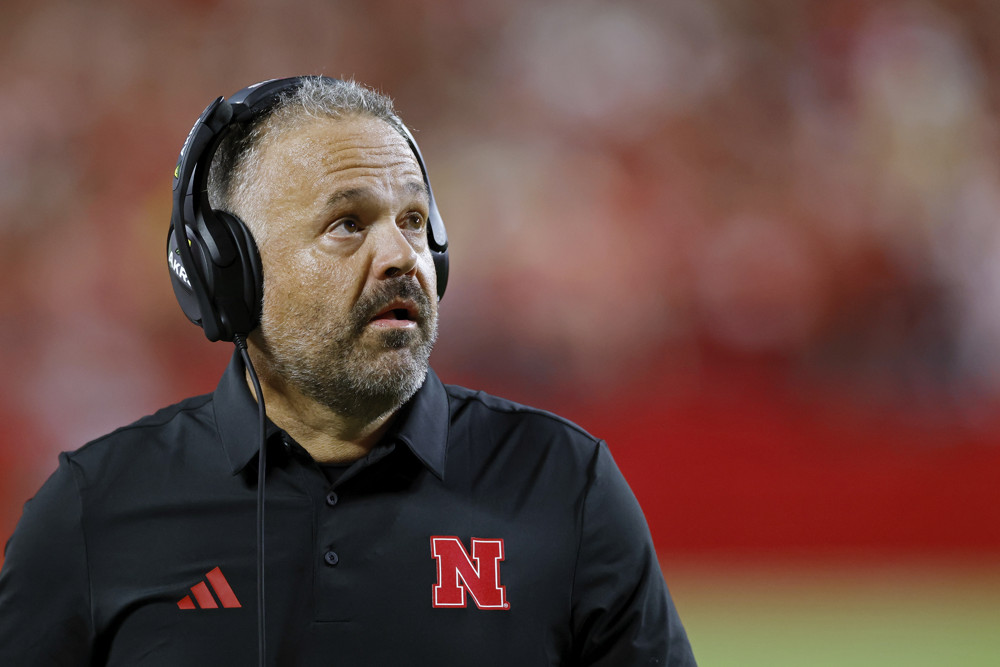Today’s college football coaches are no longer just a sideline presence. He is a CEO, a brand manager, a motivational psychologist, and a fundraising arm for the institution that employs him. The coaching carousel has always spun, but in 2025 it spins faster, powered by donor dollars and collective ambition, and top coaches are finding themselves out of work but with a nice buyout package. Several programs have already hit reset before Halloween. Check out who is on the way out, still sitting on a hot seat, or waiting for a buyout and new gig.
Florida: Sunshine, Buyouts, and the Vanishing Virtue of Patience
Billy Napier arrived in Gainesville to restore order, the methodical rebuilder who preached structure, not splash. He inherited a fractured program, stabilized recruiting, and built one of the SEC’s most robust off-field infrastructures. But in a conference where patience is punished, steady progress reads like stagnation. When Florida fired Billy Napier on October 19, the money moved before the meeting ended. Within hours, the Gator Collective was organizing buyout funds. By Monday, the contract language was settled. The era of patience had vanished, replaced by portfolio management.
His firing wasn’t a collapse; it was a calculated market correction. Florida’s 3-4 start gave boosters the excuse to act on what they already felt: fatigue. The buyout, reported at more than $21 million, was treated as an investment loss, not an emotional decision.
Lane Kiffin headlines the odds boards (+250 via FOX Sports as of Oct. 22, 4:00 p.m. ET), with Jeff Brohm and Eli Drinkwitz in the speculative wings. The attraction is instant sizzle. Florida wants momentum, a coach who can sell highlights as easily as he sells recruits.
Penn State: Franklin’s Fade and Cignetti’s Calculated Rise
James Franklin’s tenure defined the modern Penn State paradox, steady excellence without transcendence. He rebuilt the program’s reputation, kept recruiting pipelines strong, and delivered consistent ten win seasons. But donor patience is no longer measured in stability; it is measured in playoff appearances.
When Franklin was fired on October 12, it was not scandal, it was saturation. Ten years of almost was too much. The school’s leadership saw a stagnant market value and wanted a reset before the Big Ten’s next media cycle.
Curt Cignetti at Indiana would have been an ideal cultural fit, disciplined, grounded, and a proven builder who wins without flash, but his recent eight year, $93 million extension effectively takes him off the board. That leaves Penn State looking elsewhere for its next identity.
Matt Rhule makes sense on paper, a Pennsylvania native with a history of rebuilding programs the right way, but stylistically he may not offer much different than Franklin. Marcus Freeman, on the other hand, would be a bold swing. He brings charisma, recruiting firepower, and national cachet, exactly the kind of energy Penn State’s boosters crave.
Whatever direction they choose, the next hire must do more than win games. Penn State is trying to rebrand itself in a Big Ten where consistency is no longer enough.
UCLA: Bright Lights, Dim Returns
When DeShaun Foster took over at UCLA, it felt poetic, an alum leading his alma mater into the Big Ten. But poetic doesn’t pay bills. The move west to Midwest exposed UCLA’s gaps in NIL coordination and financial muscle. Foster’s 0–3 start wasn’t just about schematics; it was about structural disadvantage.
The Bruins’ donor base is scattered across industries (entertainment, tech, and finance) but unlike their conference peers, there is no unified collective funneling funds into football. That lack of cohesion cost Foster the runway to build something sustainable. Tim Skipper, now interim coach, is patching pride together, but the future hinges on a leader who can sell a Hollywood brand with Midwest grit.
Names like Sean Lewis (Colorado OC) and Ryan Grubb (Washington OC) top the discussion boards. Their challenge is convincing Los Angeles to spend like Columbus. The Big Ten doesn’t forgive slow adapters.
Arkansas: Heart, Hustle, and the Cost of Authenticity
Sam Pittman was Arkansas football personified, simple energy, loyalty to staff, and a voice that resonated from Fayetteville to every small town that bleeds Razorback red. But loyalty doesn’t cash checks. Pittman’s dismissal in late September, roughly a nine million dollar decision, was as cold as it was calculated.
The Razorback Foundation, buoyed by Walmart wealth and corporate backing, didn’t hesitate. They view football like retail: efficient, customer-driven, and responsive to trends. When the team faltered, they reorganized. Pittman’s exit wasn’t personal; it was procedural.
Now the search is pragmatic. Gus Malzahn offers SEC familiarity, Glenn Schumann offers defensive modernity. But Arkansas is looking for a salesman with an edge, someone who can win the booster breakfast and the fourth quarter in equal measure.
Who Really Runs This Game? Donors, Dollars, and Decision Makers
Are donors actually running college football? Not outright, but they have become the power brokers in major decisions. Athletic directors remain the public face, but the real authority comes from the boardroom behind the booster suite.
In 2025, the line between athletic department and donor collective is paper-thin. Programs like Florida and Texas have effectively merged the two into parallel entities. Penn State and UCLA, by contrast, are still learning to manage internal politics among competing NIL groups.
That is why coaching changes increasingly follow financial readiness, not record books. When donors align, change happens fast. When they don’t, programs linger in limbo.
This isn’t corruption; it is evolution. Money built the modern college football machine, and now money maintains it. Coaches are no longer hired for ideology or personality; they are hired for scalability.
Hot Seat Watchlist: October 2025 Edition
The carousel spins even when the seats are still warm. These coaches aren’t gone yet, but the whispers are growing louder:
Kentucky – Mark Stoops: Under heavy scrutiny; national columns have him near the top of hot-seat lists, buyout reportedly around $38 million. Stoops said there’s “zero chance” he steps down.
Auburn – Hugh Freeze: This one is fair. He’s still coaching and under pressure; he has publicly said a vote of confidence from the AD “would be huge,” which is exactly the kind of thing coaches say when the seat is warm.
Both coaches carry different backstories, but one shared truth: leadership is now transactional. Success buys silence. Struggles activate spreadsheets.
Final Whistle: The Market Always Wins
Florida’s impatience, Penn State’s restlessness, UCLA’s misalignment, and Arkansas’s cold efficiency all tell the same story. The sport’s soul hasn’t disappeared; it has simply been repriced. The modern coach is no longer just a leader of men. He is the CEO of a multimillion dollar enterprise with a one season leash. Wins buy grace, losses trigger transfers, and every decision carries a donor’s shadow.
By December, half these jobs will be filled or flipped like a brownstone in Wrigleyville, the odds markets will have shifted, and new whispers will start the next cycle. The carousel never really stops; it only changes speed, powered by those who can afford to keep it spinning.
Want more Sandman? Come connect with us here at sandmansports.com/onestopshop




